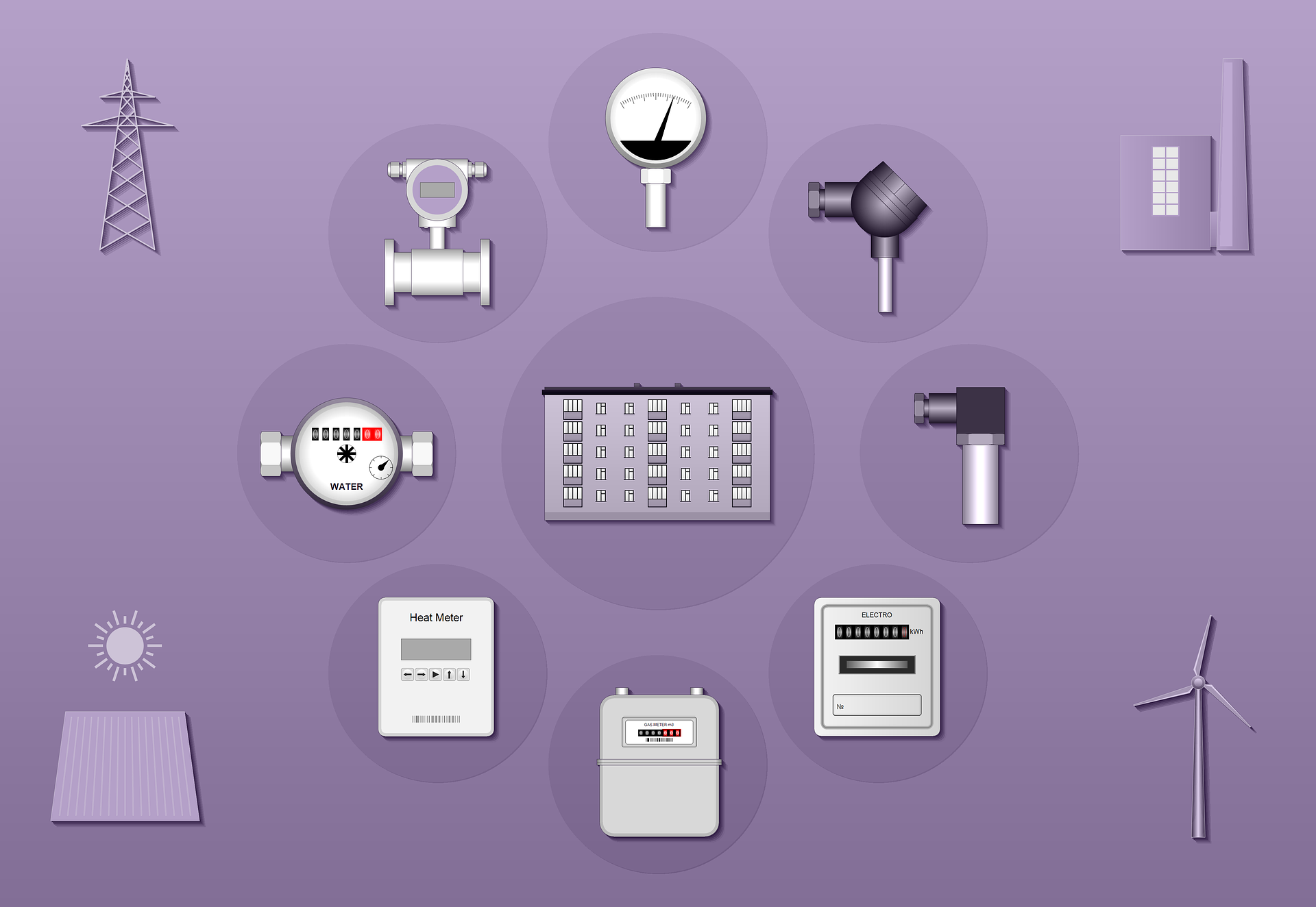Welcome to the world of gas sensors – those unsung heroes working silently behind the scenes, protecting us from unseen dangers. Have you ever wondered how these remarkable devices can detect hazardous gases and prevent potential disasters? Join us on an enlightening journey as we peel back the layers and demystify gas sensors.
From their intricate inner workings to their crucial role in safeguarding our lives, we’ll explore why understanding these essential tools is paramount in today’s safety-conscious world. So fasten your seatbelts, because we’re about to dive into a captivating exploration of gas sensors – revealing the science, unraveling their mysteries, and uncovering why they are absolutely indispensable!
What are gas sensors and how do they work?
Gas sensors are devices that use a chemical or physical reaction to detect the presence of gas. They are used in a variety of industries, including automotive, agricultural, and environmental monitoring.
Gas sensors work by detecting molecules that have been released from the gas as it reacts with the sensor’s chemicals or particles. The sensor can then identify the type of gas present and relay this information to the user. This information can be used to control equipment or monitor conditions.
There are two main types of gas sensors: Panel Level and Membrane Level. Panel Level sensors attach directly to a panel or surface, while Membrane Level sensors are housed within a membrane which allows them to be submerged in liquids or gases.
The main reasons why gas sensors are important are their ability to detect dangerous gases quickly and accurately, their resistance to weathering and corrosion, and their compatibility with a variety of operating systems.
The importance of gas sensors in automobiles
Gas sensors are important in automobiles because they help to monitor the air/fuel mixture and ensure that the engine is running properly. The fuel mixture is critical for engine performance, and can be damaged if it’s not correctly adjusted.
Gas sensors work by measuring the level of air in the fuel tank and sending a signal to the engine controller. If the air/fuel mixture is too high or low, the sensor will send a signal to the controller, which will adjust the fuel mixture accordingly.
Why automakers use gas sensors
There are basically two types of gas sensors: mechanical and electronic. Mechanical sensors rely on the physical properties of gas molecules to detect their presence. Electronic sensors, on the other hand, use electrical signals to detect gas molecules. Both types have their own advantages and disadvantages, which will be discussed below.
Mechanical Gas Sensors
Mechanical gas sensors use the physical properties of gas molecules to detect their presence. Specifically, they rely on the fact that different gases cause different levels of pressure when they’re compressed. This pressure difference is what causes the sensor to detect gas molecules and report back its findings.
One downside of this type of sensor is that it’s relatively slow. This means that it can take a while for it to detect a change in air quality, which can result in delays in taking appropriate action if there’s an emergency situation. Additionally, mechanical gas sensors can be susceptible to damage from impacts or vibrations, which could lead to inaccurate readings.
Electronic Gas Sensors
Electronic gas sensors use electrical signals to detection gas molecules. They work by measuring how long it takes a certain frequency of electric current to travel through a given amount of gas. This information is then used to calculate the concentration of gas present in the air sample being analyzed.
One advantage of electronic sensors is that they’re much faster than mechanical ones. This means that they can quickly take readings and provide feedback about air quality conditions without having to wait for long periods of time.
Future developments in gas sensor technology
Gas sensors are one of the most commonly used sensors for environmental monitoring and industrial control. They play an important role in detecting different types of gases, such as hydrogen gas, carbon monoxide, and methane emissions. Gas sensors work by converting the physical or chemical properties of a gas into an electronic signal that can be detected.
The development of new gas sensor technology is essential to improve accuracy and performance. This is due to the increasing number of different gases that need to be monitored, as well as the growing complexity of industrial systems and environmental conditions. New gas sensor technologies must be able to accurately detect multiple gases at once while maintaining low false positive rates. Additionally, these sensors must be able to operate under harsh environmental conditions, such as high temperatures and humidity.
Conclusion
Some of the most recent developments in gas sensor technology include multichannel detectors and acoustic emission detection. Multichannel detectors are capable of detecting multiple gases at once using several channels simultaneously.
Acoustic emission detection uses sound waves to detect gas molecules in the air. This technology is useful for detecting low-levels of gas emissions that are difficult to measure using other methods.
You may also like.
